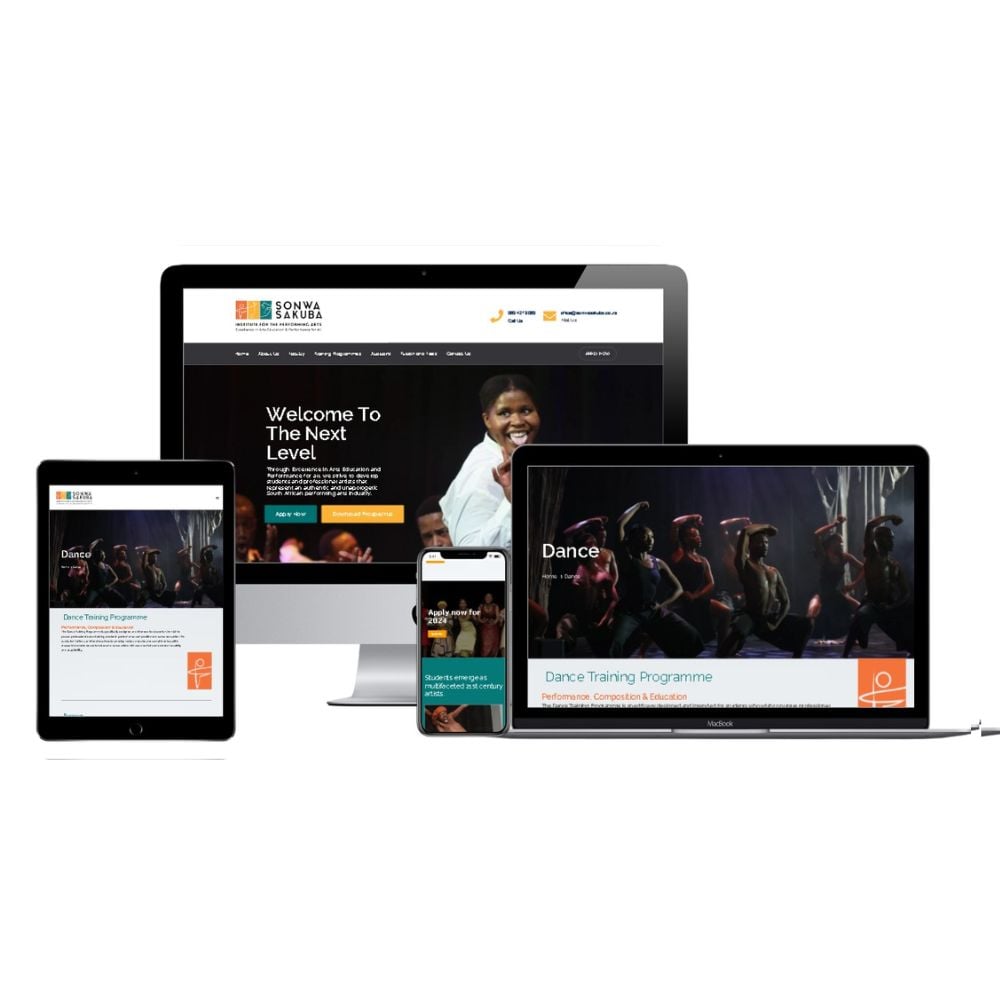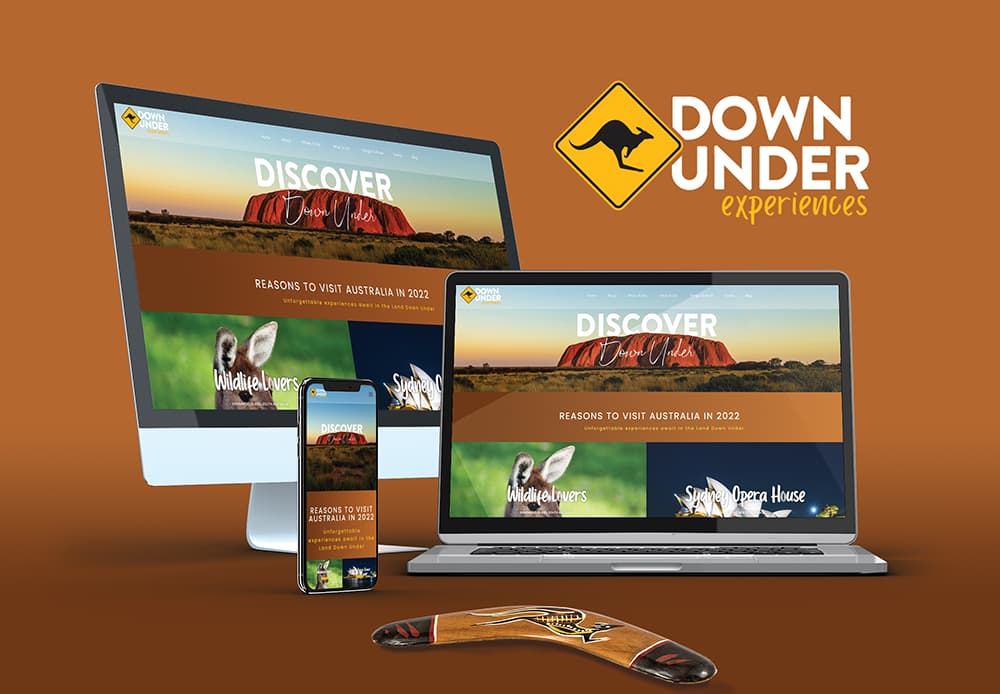How Website Design Helps in Creating a Strong Online Presence
How Website Design Helps in Creating a Strong Online Presence
Blog Article
The Ultimate Guide to Modern Web Site Design Trends
In the ever-evolving digital landscape, contemporary web site design fads play a critical function in forming user experience and involvement. From the increase of minimalist style principles that focus on simplicity to the effect of bold typography in specifying brand identity, each element adds to a natural on-line presence.
Minimalist Design Concepts
Minimal layout concepts emphasize the idea that much less is extra, promoting for simpleness and functionality in visual interaction. This method strips away unnecessary aspects, focusing rather on vital parts that convey the designated message effectively. By focusing on clarity, minimalist style boosts user experience, permitting visitors to navigate sites easily.
Core tenets of minimal style include using ample white space, which creates a sense of equilibrium and organization. This negative space not just guides the customer's interest to crucial elements however additionally fosters a soothing visual atmosphere. In addition, a minimal shade palette is usually used, using soft shades or monochromatic systems to keep aesthetic communication and prevent overwhelming the user.
Typography plays an essential duty in minimalist layout, where understandable fonts are chosen for their simplicity and efficiency in connecting web content. Graphics and photos are conserved, making sure that they serve a function instead than distract from the overall message. Inevitably, minimalist style concepts grow a focused environment that urges individuals to involve with the material, boosting the total efficiency of modern web site layout. This trend reflects an expanding recognition for thoughtful, user-centric appearances in digital spaces.
Vibrant Typography Options
Embracing vibrant typography selections has actually ended up being a defining feature of modern web site design, as it effectively records focus and conveys solid messaging. Developers are increasingly utilizing typography not just as a functional component however as a key aesthetic part that improves the total aesthetic and individual experience.

Moreover, the association of strong typography with minimal style concepts allows for striking contrasts, boosting readability while keeping visual charm. Making use of whitespace around strong text additionally highlights its value, making certain that the message resonates with the target market.
As electronic landscapes become a lot more affordable, leveraging vibrant typography enables brand names to differentiate themselves and leave a long-term perception. The careful choice of font styles and their application can stimulate emotions, develop tone, and drive action, making vibrant typography a vital device in modern-day site design. Eventually, it is an effective method to boost storytelling and make sure that key messages are not only seen however likewise felt.
Mobile-first and receptive Design
Receptive and mobile-first design has arised as a vital concept in modern web site development, reflecting the increasing dependence on smart phones for accessing online content. As user behavior shifts towards mobile surfing, designers need to focus on producing experiences that adapt perfectly across different screen sizes and resolutions.
A receptive layout makes sure that a site immediately changes its layout, pictures, and performance based on the device being made use of. This strategy boosts individual experience by giving consistent navigating and readability, irrespective of whether the site visitor gets on a tablet computer, smart device, or desktop computer. Furthermore, mobile-first style advocates for developing web sites initially for smaller screens, subsequently scaling up to bigger displays. This technique encourages a much more efficient and structured layout process, concentrating on essential content and functionality initially.
Applying mobile-first and receptive concepts not just caters to individual preferences however likewise straightens with seo (SEO) methods. Significant internet search engine, like Google, prioritize mobile-friendly web sites in their rankings, making it crucial for businesses find out to embrace these style techniques. In an affordable electronic landscape, welcoming mobile-first and receptive design is not just an option; it is necessary for making sure access and engagement with a diverse audience.
Involving Microinteractions
Microinteractions play a pivotal duty in improving individual engagement and general internet site experience, specifically in the context of receptive and mobile-first design. These subtle design aspects give prompt comments to customers, making communications a lot more pleasurable and instinctive. Examples include button animations, notification notifies, and packing indicators, which not only guide users yet likewise develop a sense of connection with the interface.
Incorporating engaging microinteractions can significantly enhance functionality by decreasing cognitive tons. When individuals obtain acoustic or aesthetic feedback upon doing activities, such as clicking a button or sending a type, they really feel extra certain in their selections. This fosters a smoother navigating experience, eventually enhancing individual retention.

As web site style patterns continue to develop, the value of microinteractions can not be overemphasized. They work as the refined yet powerful touchpoints that change regular interactions right into extraordinary experiences, thus raising the overall performance of contemporary website design.
Lasting Website Design Practices
Lasting website design methods are ending up being increasingly crucial as see this here the electronic landscape grows and ecological issues climb. Designers and developers are recognizing their obligation to create internet sites that not just offer individual demands but also decrease environmental effect. This approach incorporates a number of crucial methods.
Firstly, maximizing power usage is vital. Websites should be developed to fill rapidly and successfully, which minimizes server energy usage and enhances customer experience. Techniques such as image compression, minimizing HTTP demands, and utilizing modern-day coding techniques add significantly to this goal.
Second of all, choosing eco-friendly organizing companies is important - website design. Several holding business are currently powered by renewable energy sources, allowing websites to operate in a much more lasting manner. This choice shows a dedication to lowering carbon footprints
In addition, embracing a minimal layout can boost sustainability. Less components on a page lead to much less information transfer, which not only speeds up packing times yet likewise preserves sources.
Lastly, advertising digital access ensures that internet sites reach a broader audience without unneeded bloat, straightening customer experience with ecological obligation. By integrating these lasting techniques, web developers can add positively to both customer involvement and the earth's wellness.
Conclusion
In recap, contemporary website design patterns highlight the combination of minimalist concepts, bold typography, and responsive layout to improve individual experience. Involving microinteractions add to memorable interactions, while lasting techniques support for ecologically mindful growth. Collectively, these elements not only boost visual appeal but also improve functionality, ensuring that web sites are both visually striking and easy to use. Embracing these trends is essential for producing impactful digital experiences that reverberate with individuals in an increasingly affordable on-line landscape.
In the ever-evolving electronic landscape, modern-day site design patterns play a critical role in forming customer experience and involvement. By focusing on clarity, minimal style enhances user experience, enabling visitors to navigate websites easily.
Eventually, minimalist layout concepts cultivate a focused setting that urges users to engage with the web content, improving the total effectiveness of modern website design.Microinteractions play a pivotal function in boosting individual involvement and total website experience, specifically in the context of mobile-first and receptive layout.In summary, modern website design patterns highlight the combination of minimal concepts, strong typography, and receptive layout to boost customer experience.
Report this page